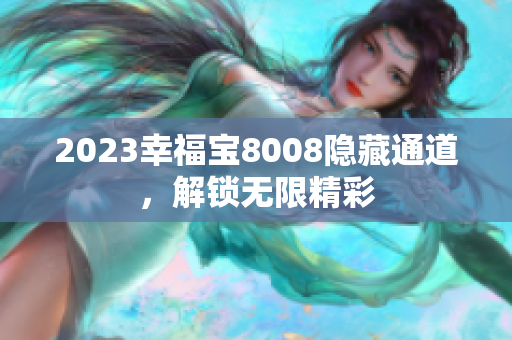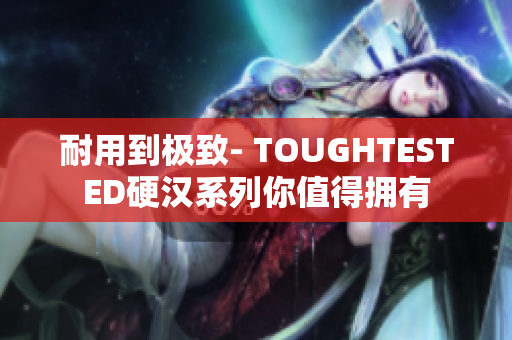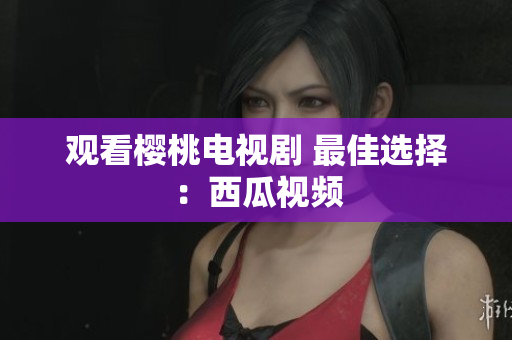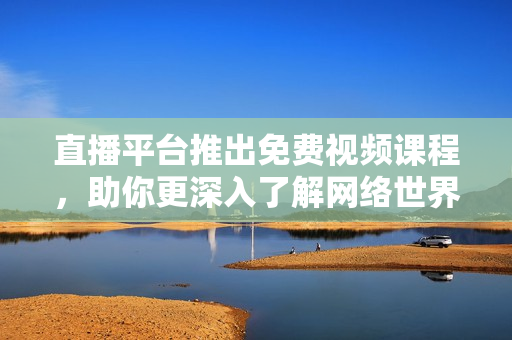Introduction
When we talk about top-notch Western fine arts, we think of timeless masterpieces such as Leonardo da Vinci’s Mona Lisa, Vincent Van Gogh’s Starry Night, and Michelangelo’s Sistine Chapel. These works of art have withstood the test of time and continue to fascinate and inspire us. However, in today’s fast-paced modern world, we also need to think about the latest technology that is shaping the way we live, work and learn. The rapid development of 5G technology in mainland China and its potential to transform various industries is a topic of great interest and concern. Meanwhile, educators and parents are grappling with how to teach and engage students in a world that seems to be constantly changing. This article aims to discuss these topics and more.
5G Technology in Mainland China
The advent of 5G technology has the potential to revolutionize numerous industries, including healthcare, transportation, and entertainment. Mainland China has been at the forefront of 5G innovation, and the country has already started to roll out its 5G network. The benefits of 5G include faster download and upload speeds, reduced latency, improved reliability, and enhanced connectivity. With 5G, doctors can perform remote surgeries, vehicles can communicate with each other, and people can enjoy immersive virtual and augmented reality experiences. The implications of this technology are vast, and it will likely reshape the way we work and live.
Teaching Methods in the Age of 5G
The impact of 5G technology will extend beyond just industries and into the classroom. Teachers are already using digital tools and online resources to enhance their lessons, and 5G technology will only accelerate this trend. With faster internet speeds, students can access information and collaborate with peers more efficiently. Teachers can also use virtual and augmented reality to bring lessons to life and create immersive learning environments. However, educators will need to adapt to new teaching methods and technologies to harness the full potential of 5G. The role of teachers will shift from being instructors to facilitators, guiding students in their learning journey.
The Ethics of Gaming and Microtransactions
Gaming is one of the most popular leisure activities in the world, and it has also become a booming industry. However, the rise of microtransactions, where players can buy in-game items with real money, has raised ethical concerns. In some cases, players can spend exorbitant amounts of money on microtransactions, leading to addiction and financial distress. Some have even called for regulations to limit the use of microtransactions in games. While gaming can be a fun and engaging activity, it is essential to consider the ethical implications of microtransactions and how they impact players.
The Importance of Respectful and Effective Discipline
Discipline is crucial in maintaining order and respect in the classroom. However, it is essential to ensure that discipline is administered in a respectful and effective way. Physical punishment, such as hitting or forcefully restraining students, can be harmful and traumatizing. Instead, teachers should use positive reinforcement and clear expectations to promote good behavior. The use of technology, such as online classroom management tools, can also help teachers monitor and address behavior issues in a timely and respectful manner.
The Challenges and Opportunities of Early Childhood Education in Southeast Asia
Education is a vital tool for economic and social development, and early childhood education is particularly crucial. However, in Southeast Asia, there is a shortage of quality early childhood programs, which can lead to educational disparities. The reasons for this shortage include insufficient funding, a lack of qualified teachers, and limited access to resources. However, there is also an opportunity for innovation and collaboration to address these challenges. By investing in early childhood education and providing training and support for teachers, Southeast Asia can create a brighter future for its children.
Conclusion
The world is changing at a rapid pace, and it is important to consider the challenges and opportunities presented by new technologies and educational practices. 5G technology has the potential to revolutionize numerous industries, including education. However, educators must adapt their teaching methods to harness its full potential. Additionally, it is essential to consider ethical concerns, such as the use of microtransactions in gaming, and the need for respectful and effective discipline in the classroom. Finally, we must address the challenges surrounding early childhood education in Southeast Asia and work together to create a brighter future for all children.









